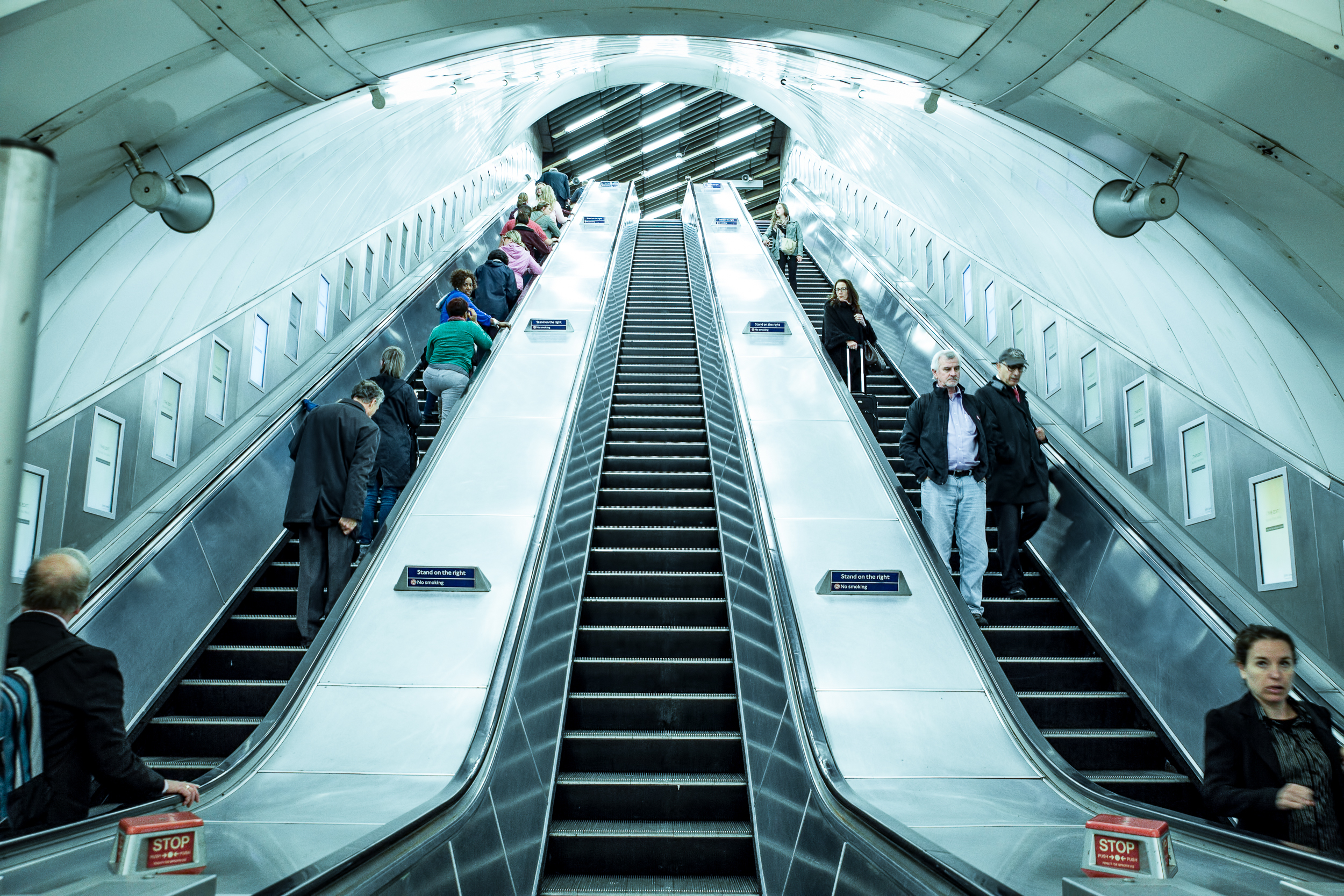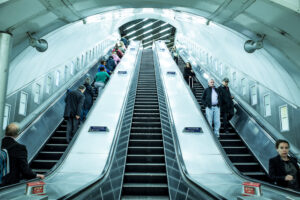August 25, 2015
Escalator Accidents and Tips for Escalator Safety
By Jonathan Damashek
Posted in


The horrifying death of a mother at a Chinese shopping mall highlights the potentials dangers of escalators. After lifting her two-year-old son off the top of the landing, a metal panel collapsed and 31-year-old Xiang Liujuan fell through a gap and died inside the escalator.
Mall employees noticed that the panel was loose five minutes before the incident, but did not stop the escalator for repair and inspection. This tragedy brought several similar incidents to the fore and throughout China people began riding escalators like this.
New Yorkers have a love-hate relationship with our escalators. The original wooden escalators in the Macy’s Herald Square store are considered a novelty by residents and tourists alike. Meanwhile, the oft-broken Penn Station escalators draw the ire of impatient or luggage-bearing commuters.
Escalators are mechanical and their moving parts are subject to wear and tear. As such, proper maintenance and periodic part replacements are necessary. Doing so is the responsibility of the operator or property owner and they are liable for any accidents.
In 1987, 35-year-old Emma Niskala perished when an escalator step collapsed at the New York Telephone Company building in Brooklyn where she worked.
Direction reversals are another cause of injuries in some cases. Five people were injured, three of them seriously, when an escalator at a New Jersey PATH station abruptly reversed.
A 2011 report by Safety Research and Strategies Inc. states that there were about 33,000 escalators in the United States but while there are fewer escalators than elevators, injuries occur about 15 times more frequently on escalators. The high-profile entrapment injuries and fatalities — in which people are sucked into or body parts get stuck in the escalator — are far outnumbered by slip and fall incidents, most of which involve children under five and the elderly.
While industry groups and regulatory bodies agree that higher safety standards are necessary, many escalators in public spaces are old. Here are the U.S. Consumer Product Safety Commission’s recommendations for escalator safety.